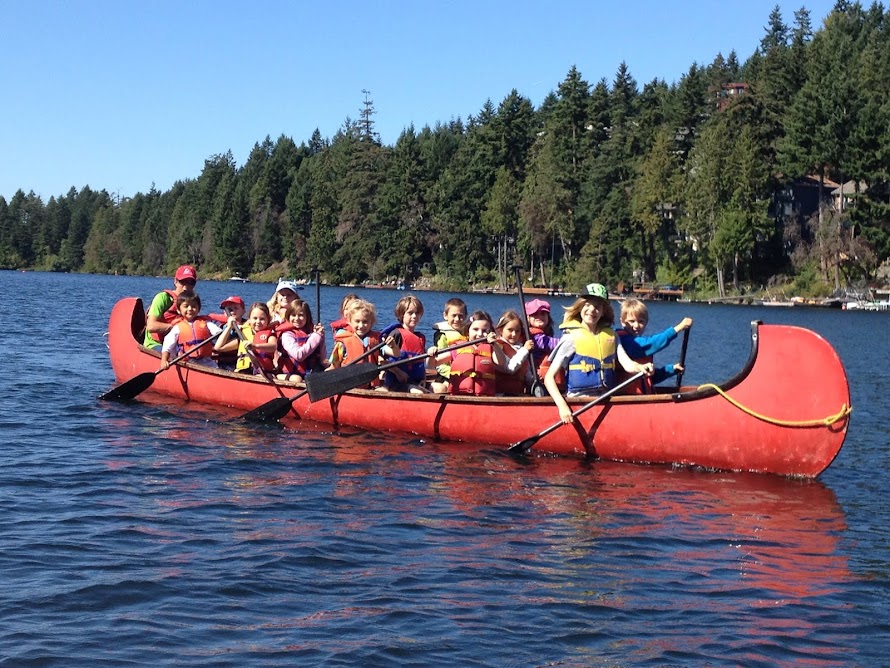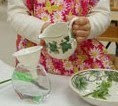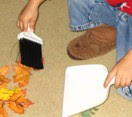Sometimes the universe just seems to reach out and smack you across the top of the head. This happened to me a few years ago on a quick trip to Calgary. It was a busy visit butI managed to keep a promise I’d made to myself when hearing that one of my best friends had been diagnosed with cancer. I promised I would never take a trip to Calgary without seeing her. This trip was no different.
I arranged to see my friend the morning my family was scheduled to return home to Vancouver Island. I hurriedly packed our suitcases, tidied the messes we’d made in my Mom’s house and waited for my friend. Finally, her car pulled up in front of the house and I ran outside. We gave each other a big hug, then we got in the car and she told me that her cancer was in remission. After a few happy minutes of hugs and tears, we settled down enough for my friend to start the car. We drove for a few minutes in joyful silence then she suddenly said “Oh! You have to hear this song.” She pushed play and I heard
With My Own Two Hands by Jack Johnson for the first time.
Perhaps it was the joy of that moment but
With My Own Two Hands immediately reminded me that anything is possible as long as some sort of action is taken. After all, my friend had refused to just accept her illness, fought hard and won a few more years.
Personally, the song reminds me of the many conversations I’ve had with my teenage sons about the importance of taking action and speaking out. To them the world seems so out of control and the problems so overwhelming. My husband and I have always tried to show them, through our actions and our words, that we “can clean up the earth with our own two hands.”
The lines “I can comfort you/ with my own two hands/ but you've got to use/ use your own two hands” speak to my profession. I may be able to guide, give counsel and perhaps even some comfort but I cannot force another person to change their life or situation. I believe every individual is unique and therefore must make their own decisions by themselves - with their own two hands. I can only offer support and, hopefully, the tools needed for the changes to come from within.
I have long valued peace and happiness and this song also speaks to those values. If my actions can bring a little bit of peace or happiness into another person’s life then it is worth any personal risk I may take.
More than that, however, the song speaks to my belief that any person can change the world as long as that person is motivated to take action. It speaks to the capability and power that a single voice can have. From Gandhi to Martin Luther King, from Dr. Montessori to Mother Teresa – every significant moment in our history has been the result of someone who made an unwavering commitment to a dream – to no longer be content with the way things are, but instead hope for the way things could be.
Finally, this song speaks to my understanding of the need for advocacy in the field of Child and Youth Care. I’ve often heard the phrase “knowledge is power” but knowledge is only "power in reserve" (Brown). It remains useless if it's not tapped into by applying action. I believe that knowledge not put to action remains just knowledge in one’s head and provides no benefit. It is completely wasted. This song reminds me that I have the capability to put any knowledge I have about controversial child and youth care related issues into action “with my own two hands.”







.jpg)


 k, Dr. Maria Montessori realized that it is not easy to educate teachers to "kindle flames rather than fill vessels" (Socrates). This is understandable: the Montessori method is philosophically and practically different from other educational methods, and is also very different from the personal educational experiences of most adults who become Montessori teachers. The words"directress" or "guide" are sometimes used rather than "teacher" because of the different role of the adult in relating to the child - directing him to find the best way to learn from the environment rather than from the adult. Following the same line of thought, the word "facilitate" as defined by the Oxford dictionary is 'to make something easy, to promote or help forward'. Therefore the word "facilitator" would mean someone who enables another to move forward; someone who makes things easier.
k, Dr. Maria Montessori realized that it is not easy to educate teachers to "kindle flames rather than fill vessels" (Socrates). This is understandable: the Montessori method is philosophically and practically different from other educational methods, and is also very different from the personal educational experiences of most adults who become Montessori teachers. The words"directress" or "guide" are sometimes used rather than "teacher" because of the different role of the adult in relating to the child - directing him to find the best way to learn from the environment rather than from the adult. Following the same line of thought, the word "facilitate" as defined by the Oxford dictionary is 'to make something easy, to promote or help forward'. Therefore the word "facilitator" would mean someone who enables another to move forward; someone who makes things easier.